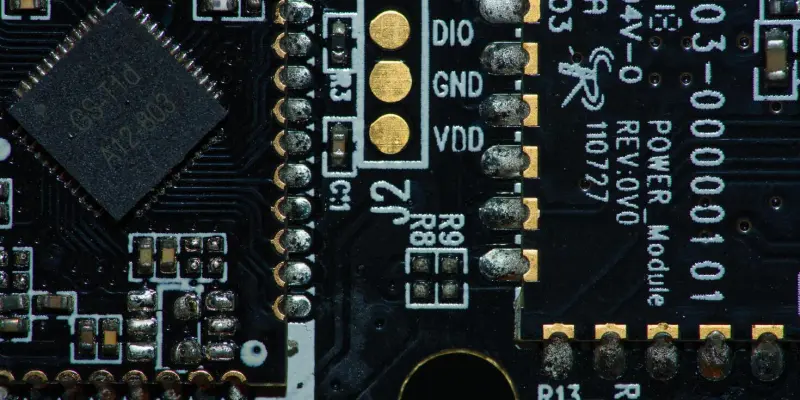ASUS has once again made waves in the graphics card industry with its latest release, the ASUS RX 9070 GRE OC edition, targeting the Chinese market. This new addition to AMD’s Golden Rabbit Edition (GRE) lineup is noteworthy for being the first RDNA 4-based GPU introduced to this region, highlighting AMD’s ongoing strategy of creating exclusive offerings tailored to specific markets. The RX 9070 GRE offers a blend of performance and affordability, positioning itself as an economical alternative to the more robust RX 9070. With 3072 stream processors and 12 GB of GDDR6 VRAM, the card is suited for users seeking a balance between capability and cost-effectiveness. The power consumption is significant at 220W, which translates to an expected performance level below the high-end RX 9070 but comfortably above the RX 9060 XT, making it an intriguing option for gamers and tech enthusiasts aware of budget constraints.
Key Features and Market Strategy
The strategic decision to integrate a scaled-down NAVI 48 die contributes to the RX 9070 GRE’s competitive pricing, starting at 4,199 RMB. ASUS aims to strengthen its position in the Chinese market by offering enticing pre-order discounts, making the graphics card even more appealing. With factory overclocking, the card achieves a boost clock of up to 2880 MHz, ensuring satisfactory performance for mid-range users. It’s essential for potential buyers to have a 750W power supply unit and two 8-pin PCI-E power connectors to ensure optimal functionality and longevity. This launch highlights a trend of delivering budget-friendly solutions without sacrificing quality, showcasing AMD and ASUS’s strategy to meet localized needs and enhance their presence in global markets. The RX 9070 GRE bridges the performance gap, providing an affordable option and addressing diverse consumer needs effectively. ASUS and AMD continue to innovate, emphasizing affordability with solid performance, catering to a wide audience and setting industry standards in graphics card competition.

